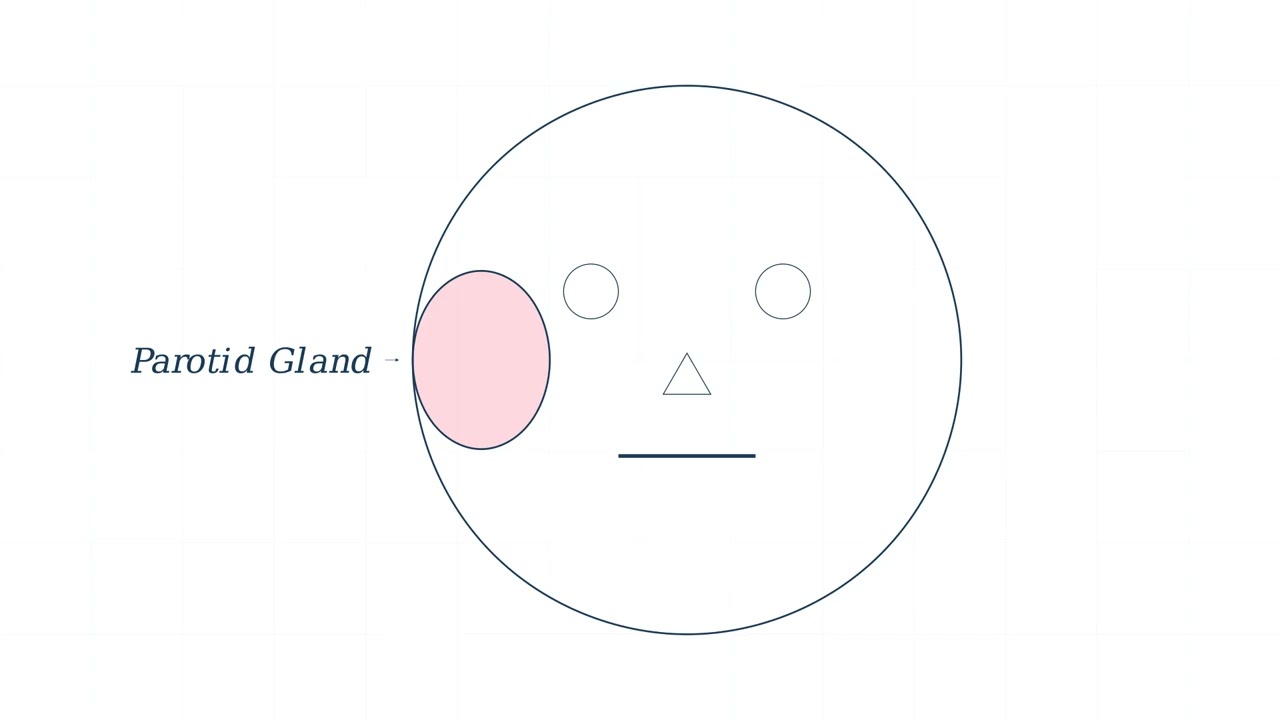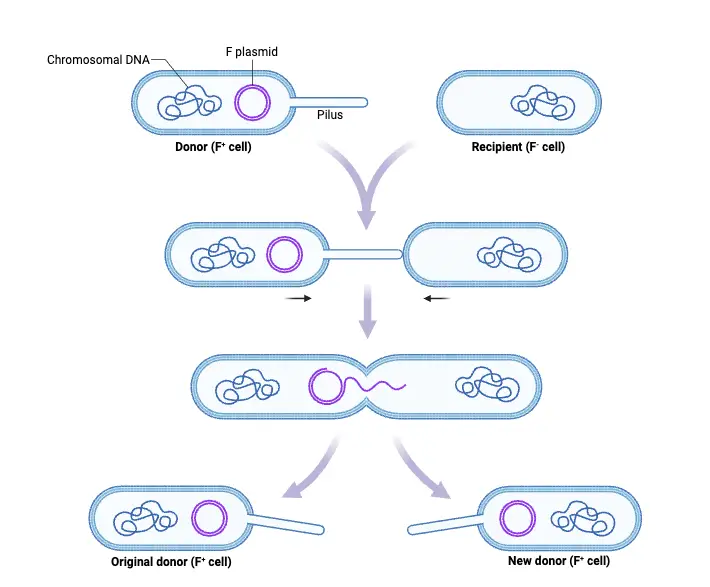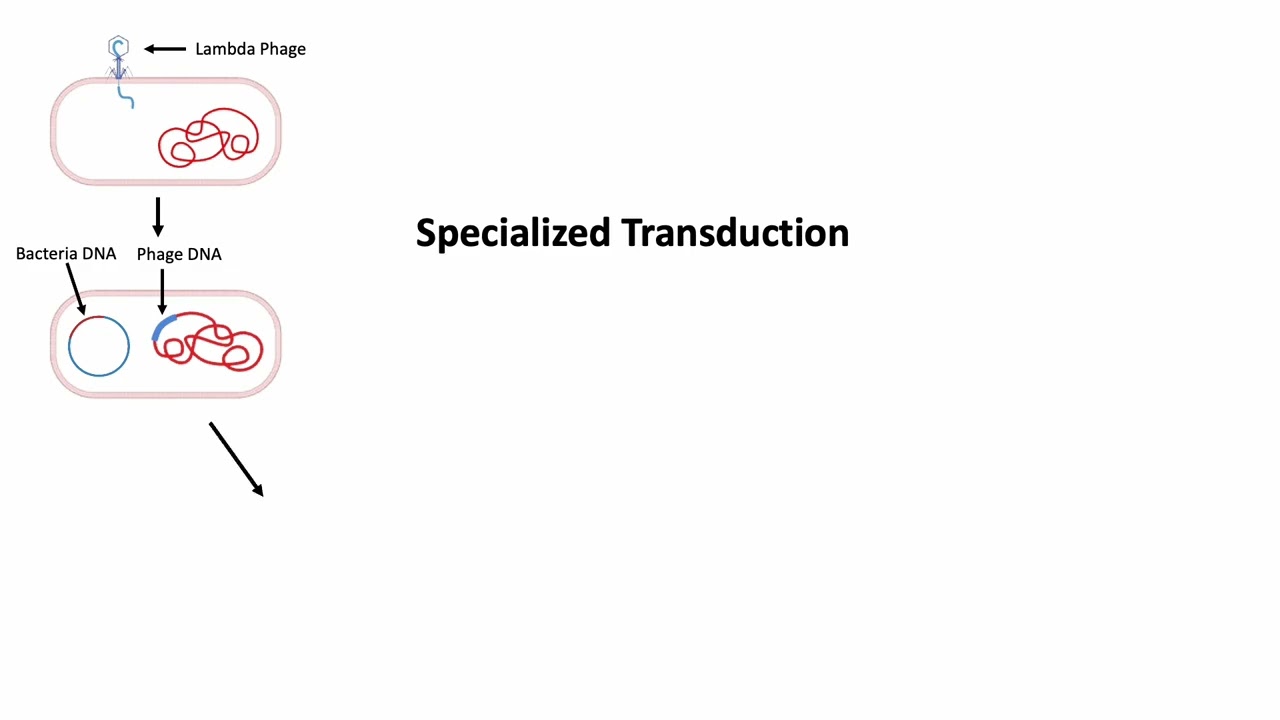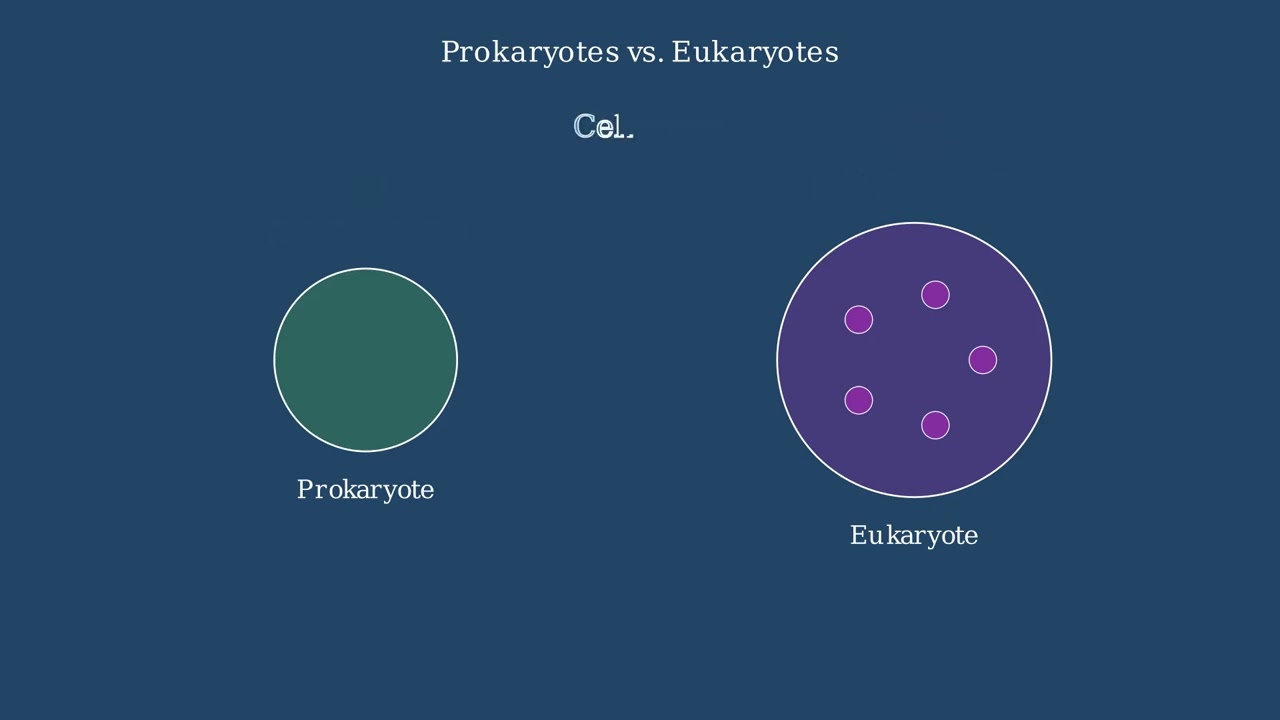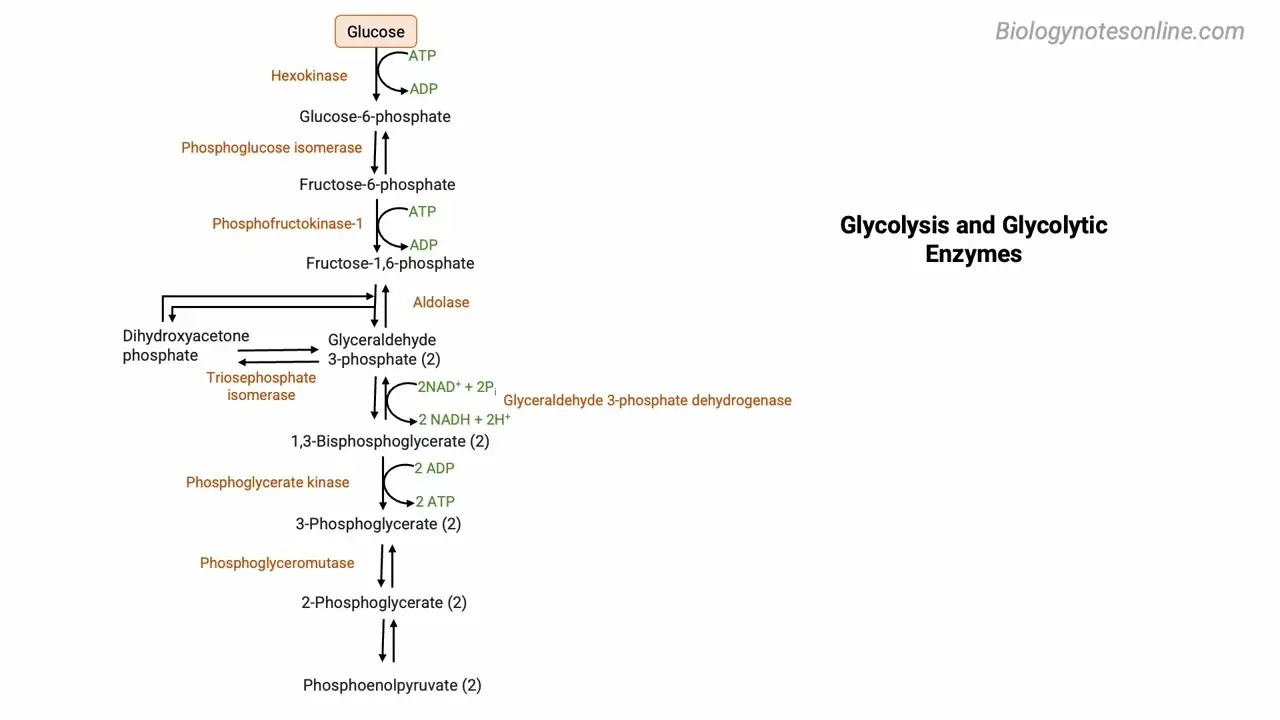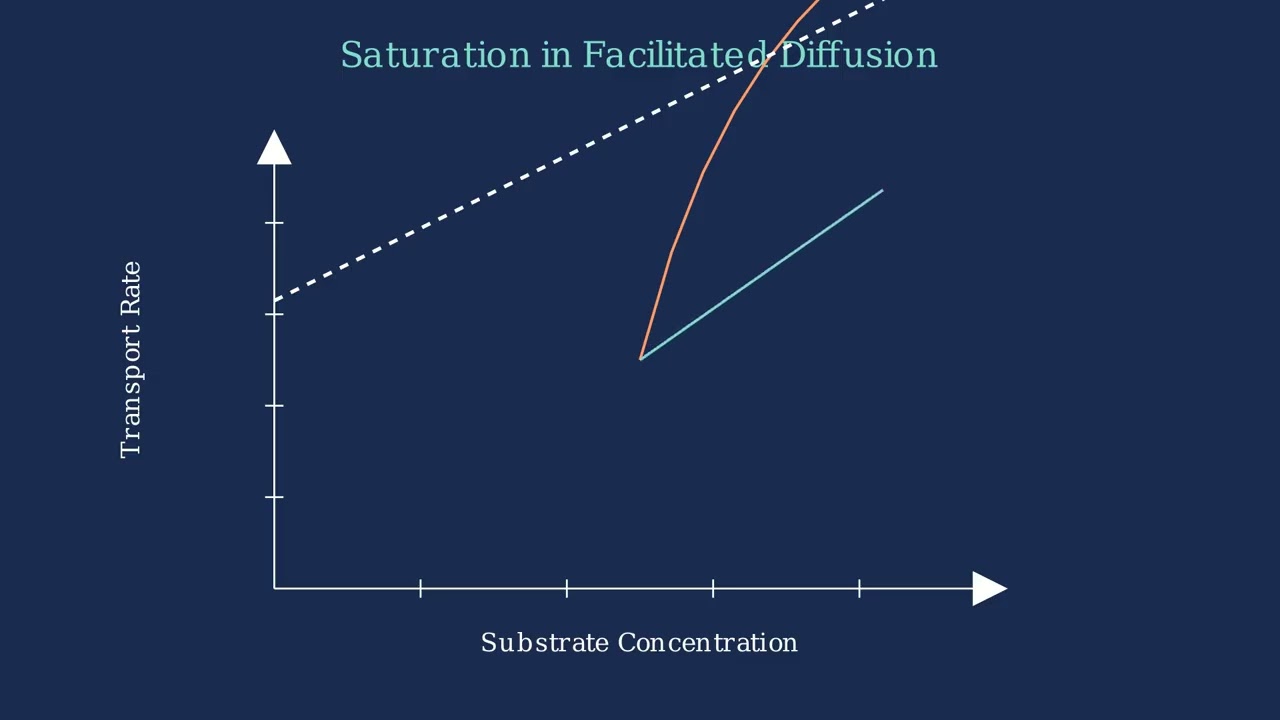Sourav Pan
Transcript
The human microbiome is the collection of trillions of microorganisms living on and inside the human body.
The microbiome includes various types of microorganisms. Bacteria are the most numerous, but fungi, viruses, and other microbes also play important roles.
These microorganisms are mostly beneficial and essential for human health. They aid in digestion and nutrient absorption, train our immune system, and protect us from harmful pathogens.
The scale of the microbiome is impressive. Microbial cells outnumber human cells by a ratio of about ten to one. Together, they weigh about two kilograms—roughly the weight of a human brain.
The microbiome is distributed throughout the body, with distinct communities in different locations. The skin hosts a diverse community adapted to different environmental conditions. The oral cavity and respiratory tract have their own unique populations. The gut contains the largest and most diverse microbial community. The urogenital tract maintains specialized microorganisms adapted to its unique environment.
The human skin is home to diverse microbial communities that play crucial roles in maintaining skin health.
Different skin regions harbor distinct microbial populations based on the local environment conditions.
The composition of skin microbiota is influenced by several factors including moisture levels, pH, sebum production, and temperature.
Let’s take a closer look at the key bacterial species that dominate the skin microbiome.
Staphylococcus epidermidis is the most abundant bacterium on the skin surface, playing a crucial role in maintaining skin health.
Corynebacteria thrive in moist areas such as the armpit and groin, contributing to body odor through their metabolic activities.
Propionibacteria dominate sebaceous regions like the face and scalp, where they break down sebum into free fatty acids that help maintain skin pH.
The skin microbiome serves several important functions that benefit our skin and overall health.
Let’s examine a cross-section of skin to better understand where different microbial communities reside.
These microbes interact with skin cells in various ways, forming a complex ecosystem.
Understanding the skin microbiome helps us appreciate how these microbial communities contribute to skin health and immunity.
Various factors shape the composition of our microbiome, impacting which organisms thrive and which decline.
Let’s take a closer look at how diet impacts our microbiome.
Diet has a particularly strong influence on gut microbiome composition, with different food groups promoting different bacterial communities.
A diet rich in plant fibers promotes beneficial bacteria like Bacteroidetes and Bifidobacteria, while high-protein diets favor different communities like Proteobacteria.
Our microbiome also changes throughout our lifetime.
Our microbiome evolves throughout our lifespan, beginning at birth and continuing to change as we age.
Newborns start with limited microbial diversity, which rapidly increases during infancy and childhood. Diversity peaks in adulthood before decreasing in old age.
Antibiotics can dramatically disrupt our microbiome balance.
Before antibiotic treatment, our microbiome exists in a balanced state with diverse beneficial bacteria.
During antibiotic treatment, both harmful and beneficial bacteria are significantly reduced.
In the recovery phase, bacteria begin to repopulate, but the balance may be temporarily disrupted.
Eventually, a new equilibrium is established, though it may differ from the original microbiome composition.
Multiple factors continuously shape our microbiome throughout life, from diet and age to antibiotics and genetics, creating our unique microbial fingerprint.
Understanding these influences helps us maintain and restore microbiome health.
Normal flora, the microorganisms that typically inhabit our bodies, can become harmful under certain conditions.
These are called opportunistic pathogens – normally harmless microbes that take advantage of opportunities to cause disease.
One way normal flora becomes harmful is by entering the wrong body location. A classic example is urinary tract infections.
Escherichia coli, or E. coli, normally lives harmlessly in our intestines. But if these bacteria translocate to the urinary tract, they can cause infection and inflammation.
Another way normal flora becomes harmful is when host defenses are compromised. In the oral cavity, we normally maintain a balanced microbial community.
When factors like high sugar diet, poor oral hygiene, or reduced saliva flow compromise our defenses, bacteria like Streptococcus mutans can overgrow and cause dental caries.
This shift from healthy microbiome to disease-causing state is called dysbiosis – a microbial imbalance that contributes to various diseases.
In a balanced microbiome, beneficial and commensal bacteria dominate, with potential pathogens kept in check.
Various triggers like antibiotics, diet changes, inflammation, or stress can disrupt this balance, leading to dysbiosis where potential pathogens overgrow.
One of the most dramatic examples of normal flora becoming harmful is Clostridium difficile infection.
In a healthy gut, a diverse microbiome keeps potential pathogens like C. difficile in check through competition.
Antibiotic treatment, while targeting pathogens, also eliminates beneficial bacteria that normally compete with C. difficile.
This creates an opportunity for C. difficile to multiply rapidly, causing severe diarrhea, inflammation, and potentially life-threatening complications.
Study Materials
No study materials available for this video.
Related Videos


